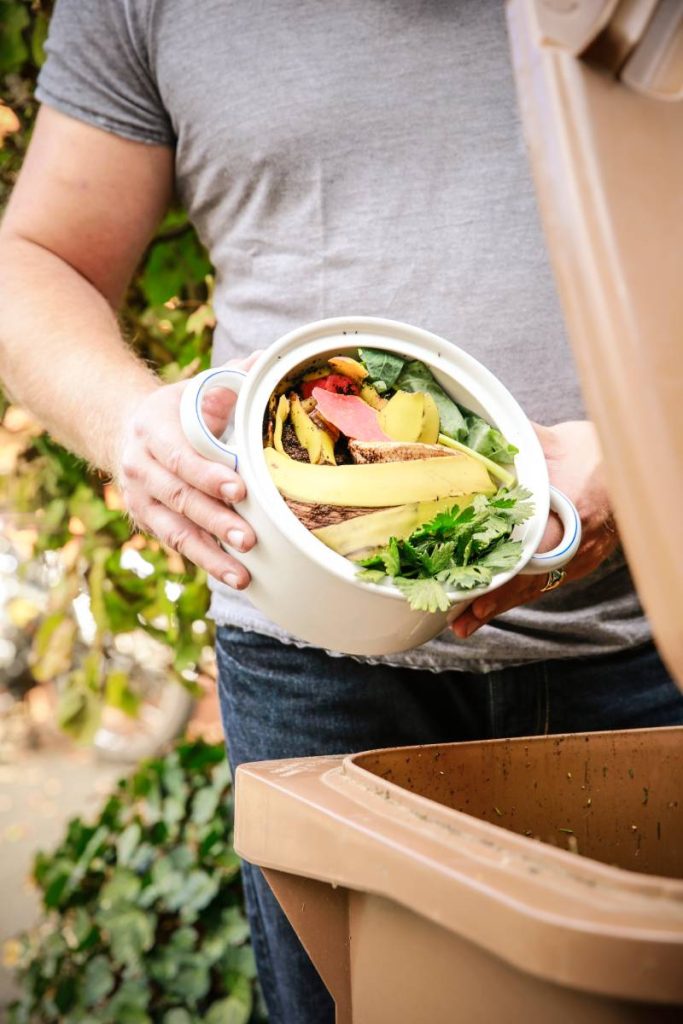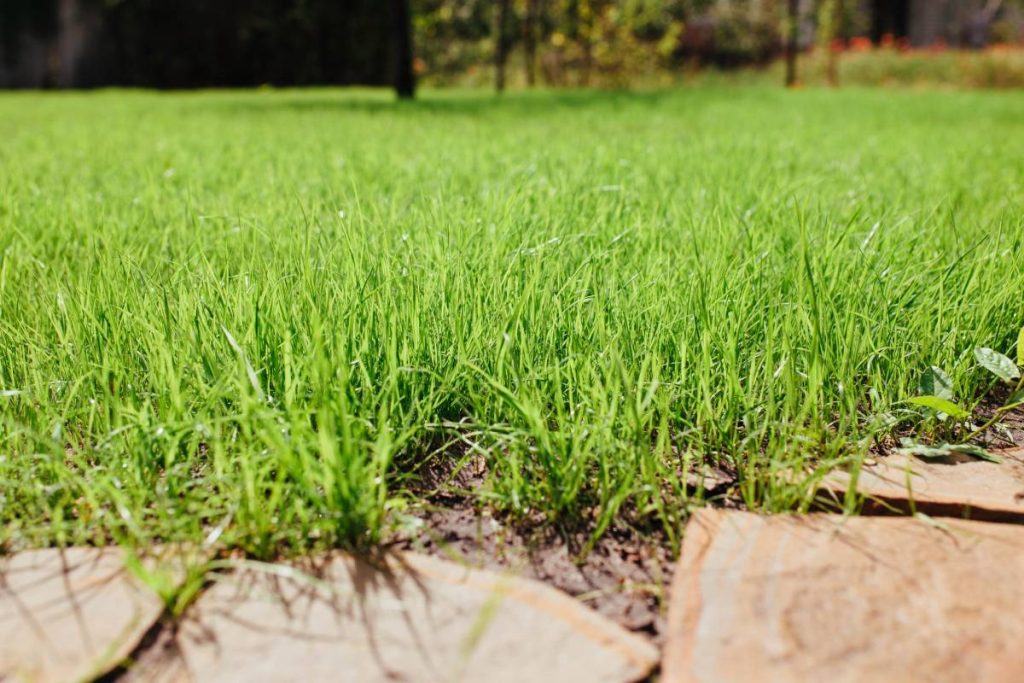How much do Australians waste food every year? What are the impacts of food waste on the environment? How we can help reduce food waste?

Food waste in Australia is a pressing issue that continues to escalate at an alarming pace. Globally, an astonishing 1.6 billion tonnes of edible food, valued at $1.2 trillion, is wasted annually.
Shockingly, a third of all food intended for human consumption is squandered and disposed of. This trend not only contributes to significant economic losses but also exacerbates environmental concerns such as greenhouse gas emissions and resource depletion.
Addressing this problem requires concerted efforts across various sectors to implement efficient food management practices, promote awareness, and foster a culture of sustainability to reduce waste and ensure food security for all.
How much do Australians waste food every year?
Australia grapples with a staggering amount of food waste annually, exceeding 5 million tonnes, which ultimately finds its way into landfills. To put this into perspective, it’s equivalent to filling 9,000 Olympic swimming pools or roughly 140 kilograms per person, or a hefty 345 kilograms per household. The economic impact of this wastage is significant, with the Australian government estimating losses of around $20 billion per year. For an average household in New South Wales, this translates to approximately $1,036 annually, a sum that could cover the monthly budget for many families.
This substantial waste not only represents a loss of valuable resources but also contributes to environmental degradation. Food waste in landfills generates methane, a potent greenhouse gas that accelerates climate change. Moreover, the resources used in producing, transporting, and packaging the wasted food further strain the environment.
Addressing this issue requires concerted efforts at various levels. Individuals can adopt practices such as meal planning, proper storage, and minimizing over-purchasing. Businesses can implement strategies to reduce waste along the supply chain, while policymakers can enact regulations to encourage donation and redistribution of surplus food to those in need. Through collective action, Australia can curb its food waste, alleviate economic strain, and mitigate environmental impact.

Why does Australia waste so much food?
Australia grapples with significant food waste due to a multitude of factors spanning households, supermarkets, agriculture, and hospitality industries. One common reason for household waste is overcooking, leading to leftovers that often go unused. Additionally, food is sometimes discarded mistakenly before the use-by date or forgotten in the refrigerator until it spoils.
Supermarkets contribute to waste through stringent quality standards that lead to the rejection of imperfect produce, while agriculture faces challenges such as overfishing and strict regulations on food labelling and packaging. In the hospitality sector, large quantities of food often go uneaten due to portion sizes or buffet-style service or corporate events.
Moreover, consumer behaviour and societal norms also play a role. The culture of abundance and convenience encourages over-purchasing and throwing away food without consideration. Lack of awareness about the environmental and economic impacts of food waste further exacerbates the issue.
To combat this, efforts are needed at various levels. Education campaigns can help households learn about portion control, meal planning, and creative ways to use leftovers. Supermarkets can relax quality standards and implement initiatives to donate surplus food. The agriculture and hospitality industries can adopt sustainable practices to minimize waste throughout the supply chain. By addressing these factors collectively, Australia can reduce its food waste, conserve resources, and mitigate environmental harm.

Who wastes the most food?
In Australia, certain demographic groups and industries contribute disproportionately to food waste. Government data reveals that young people aged 18-24 and families with young children are among the biggest culprits when it comes to wasting food. Additionally, households with incomes exceeding $100,000 are statistically more likely to waste food, perhaps due to a higher level of disposable income and less concern about financial constraints.
The hospitality industry also plays a significant role in generating food waste. Approximately 5% of all food in the restaurant business ends up in the bin due to spoilage, with a staggering 65% lost during preparation. Factors such as portion sizes, buffet-style service, and strict quality standards contribute to this wastage.
Similarly, the supermarket industry is a major contributor to food waste. Between 20-40% of fruits and vegetables never even make it to the shelf because they fail to meet cosmetic standards set by consumers, leading to rejection by retailers. This contributes to the perception of “perfect” produce while perfectly edible food goes to waste.
Australia’s food waste problem is further highlighted by international comparisons. According to the Food Sustainability Index 2017, Australia has the highest food waste generation per capita compared to other countries. In contrast, countries like Greece and China have significantly lower rates, with only 44kg of food waste per person. This suggests that cultural, economic, and systemic factors contribute to the variations in food waste across different regions.
To address these issues, targeted interventions are necessary. Educational campaigns aimed at young people and families can promote mindful consumption, proper meal planning, and techniques for utilizing leftovers. In the hospitality industry, initiatives to reduce food waste during preparation, improve portion management, and implement better inventory control systems can make a significant difference.
Supermarkets can also play a role by relaxing cosmetic standards for produce, implementing discounted sales for slightly imperfect items, and donating surplus food to charitable organizations. By targeting both consumer behaviour and industry practices, Australia can work towards reducing its alarming levels of food waste and promoting a more sustainable food system.
What are the impacts of food waste on the environment?
Food waste has profound environmental implications, contributing significantly to global greenhouse gas emissions. Around 8% of total greenhouse gases are attributed to food waste, primarily due to the methane produced by decomposing organic matter in landfills. Methane is 28 times more potent than carbon dioxide in trapping heat in the atmosphere, exacerbating climate change.

In addition to greenhouse gas emissions, food waste represents a squandering of valuable resources. Considerable amounts of water, fuel, and resources are expended in the production, transportation, and distribution of food that ultimately goes to waste. This includes the water used for irrigation, the fuel burned in transportation, and the packaging materials used to preserve and transport food products. When food is discarded, these resources are effectively wasted as well.
If current trends continue unchecked, food waste is projected to increase by 33% over the next decade, further exacerbating its environmental impact. Recognizing the urgency of the issue, the European Union’s Environment Committee has launched a campaign to combat food waste, aiming to reduce it by half by 2030. This initiative underscores the importance of collective action in addressing this global challenge.
The scale of food waste is staggering, especially when compared to the resources needed to address world hunger. It is estimated that with just $30 billion, global hunger could potentially be eradicated. Yet, the amount of food wasted globally far surpasses this figure, with some individual countries wasting up to $100 billion worth of food in a single year. This highlights the stark disparity between the resources squandered through food waste and the relatively modest investment required to address hunger on a global scale.
In essence, the environmental effects of food waste extend beyond the immediate impact on landfills. They encompass broader issues such as climate change, resource depletion, and global food security. By reducing food waste, not only can we mitigate greenhouse gas emissions and conserve resources, but we can also take significant strides towards addressing hunger and building a more sustainable future for all.
How we can help reduce food waste?
To address the issue of food waste, both systemic changes within the supermarket and hospitality industries and individual actions at home are necessary. Supermarkets and hospitality businesses should focus on optimizing supply chains and logistics to minimize waste. However, individuals can also make a difference by implementing simple practices at home:
- Creating a shopping list before visiting the supermarket helps in buying only what is needed, reducing the likelihood of impulse purchases and subsequent waste.
- Meal prepping and freezing excess food ensures it remains edible for later consumption, reducing the likelihood of spoilage.
- Properly storing food in the fridge or pantry and ensuring hygiene practices can extend the shelf life of perishables.
- Utilizing leftovers for future meals, such as lunch or dinner, reduces waste and saves money.
- Composting spoiled fruits and vegetables with an electric food waste composter such as HASS Co diverts organic waste from landfills and enriches soil health.
- Donating unwanted non-perishable food items to food banks or charities ensures they are used by those in need.
- Reducing meat and fish consumption can also help mitigate food waste, as these products often have a higher environmental impact and shorter shelf life compared to plant-based foods.
By adopting these practices, individuals can contribute to reducing food waste at home, while broader changes within industries can further address the issue throughout the supply chain.
Recent Posts
- Couch Grass vs. Kikuyu: Effectively Managing Growth in Sydney
- What Do Gardeners Do? How to Earn a Decent Income as a Gardener
- Varicose Veins: Causes and Treatment
- Is it better to keep a freezer full or empty? What is the best thing to clean the inside of a fridge with?
- Why Does My Wood Floor Feel Hollow? Can I Fix the Hollow Spot in the Wood Floor Myself? How Much Does It Cost to Fix a Hollow Spot in My Wood Floor?
Recent Comments

How much do Australians waste food every year? What are the impacts of food waste on the environment? How we can help reduce food waste?

How can you become a mechanical technician? How much a mechanical technician earn in Australia?

Corporate events ideas: What is the purpose of it? What should be included in a corporate event and how to make it memorable?

DIY Home Styling vs Hiring the Pros

Couch Grass vs. Kikuyu: Effectively Managing Growth in Sydney

What Do Gardeners Do? How to Earn a Decent Income as a Gardener

Varicose Veins: Causes and Treatment


